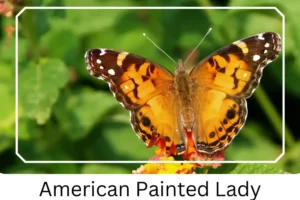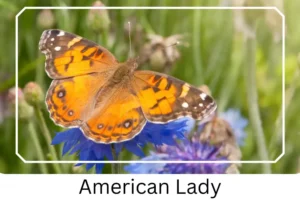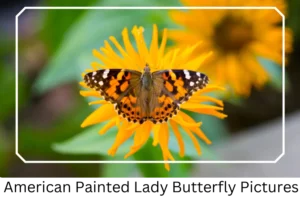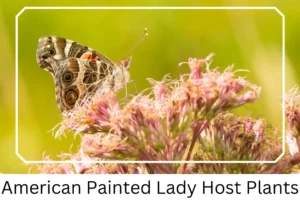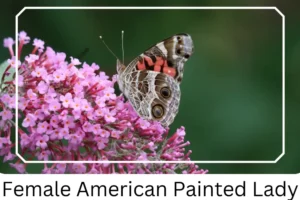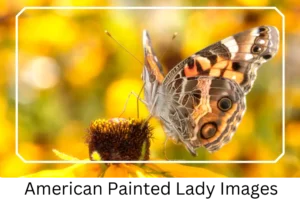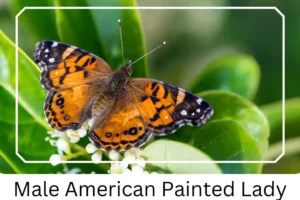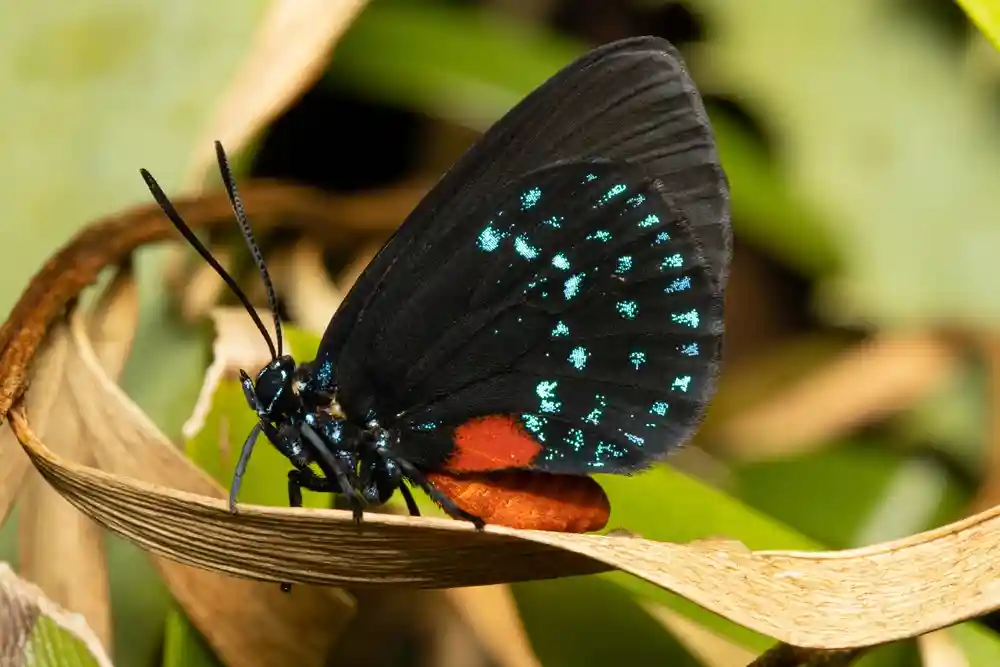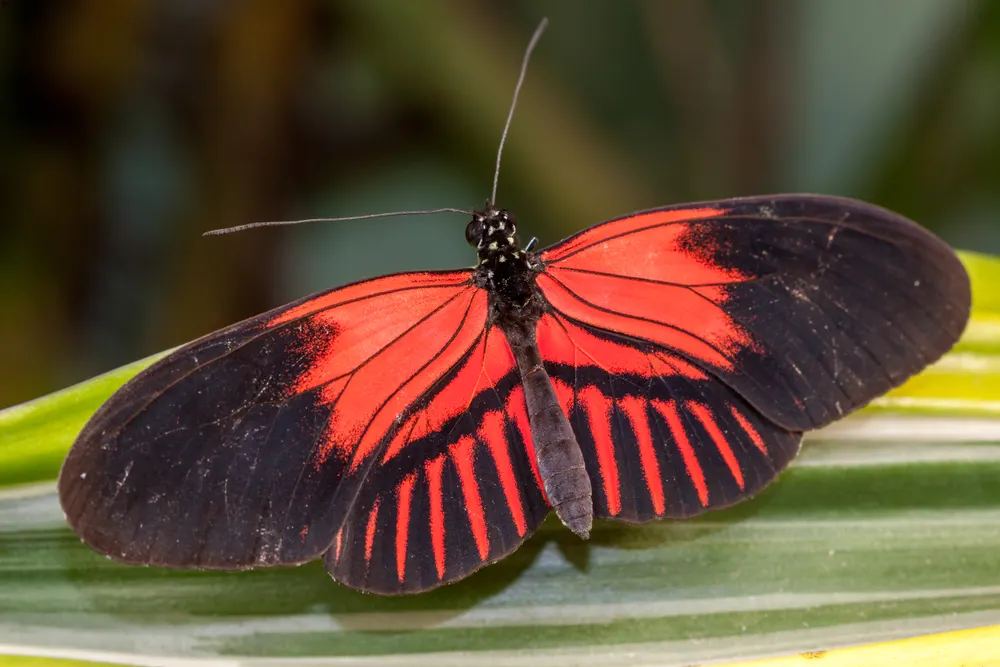American Painted Lady (Vanessa virginiensis)
The American Painted Lady, scientifically known as Vanessa virginiensis, graces the North American landscape with its vibrant hues and dynamic flight patterns. This butterfly species, belonging to the Nymphalidae family, captivates observers with its striking coloration and presence, particularly pronounced during the spring months when it flutters close to the ground level, exploring its environment.
Scientific Classification
- Family: Nymphalidae
- Genus: Vanessa
- Common names: American Lady
- Scientific Name: Vanessa (Cynthia) virginiensis
Overview
Distinguished by its colorful appearance, the American Painted Lady is a symbol of the changing seasons, embodying the renewal and vitality of spring. With a distribution spanning the entirety of North America, this butterfly adapts to a variety of habitats, from parklands to forest edges, showcasing the ecological diversity of the continent. Its lifecycle, from caterpillar to majestic adult, provides a fascinating glimpse into the transformative power of nature.
Description and Identification
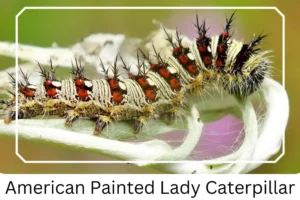 Caterpillar
Caterpillar
The American Painted Lady caterpillar displays a unique pattern of off-white and black patches, adorned with two white spots on each black segment and thin white lines on the off-white areas. Its body is covered with hairy protrusions, adding to its distinct appearance.
Pupa
Entering the pupal stage, the chrysalis takes on a light brown hue, featuring lighter spots along its body. This crucial phase is spent in hibernation through the winter months, emerging only with the advent of sunny, warm weather.
Adult Butterfly
Sexual Dimorphism: This species does not exhibit sexual dimorphism, with males and females sharing similar coloration and markings.
Color and Appearance: Upon spreading its wings, the butterfly reveals a tapestry of yellow, brown, and orange shades. The forewings are marked by a black spot with a white dot below and a white bar along the edge. In contrast, the underside of the hindwings showcases prominent eyespots when the wings are closed.
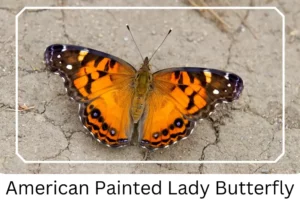
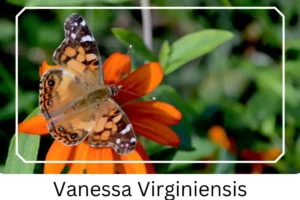 Average Wingspan: The wingspan of the American Painted Lady averages at 5 cm (2 inches), contributing to its delicate yet noticeable presence.
Average Wingspan: The wingspan of the American Painted Lady averages at 5 cm (2 inches), contributing to its delicate yet noticeable presence.
Flight Pattern: Its flight is characterized by a medium pace and an erratic pattern, reflecting its playful nature and adaptability.
Eggs
Female American Painted Ladies lay their eggs singly atop host plant leaves, ensuring the next generation’s survival.
Quick Facts | |
| Distribution | Found throughout North America. |
| Habitat | Prefers open spaces with minimal vegetation, including parks, vacant lots, forest edges, dunes, and meadows. |
| Host Plants | Favors plants in the sunflower family, such as pearly everlasting, plantain-leaved pussytoes, wormwood, ironweed, and burdock. |
| Adult Diet | Primarily feeds on flower nectar. |
How to Identify American Painted Lady?
Identifying the American Painted Lady can be a delightful challenge for enthusiasts. Look for its distinctive wingspan and the unique pattern of colors and spots when the wings are open or closed. The presence of large eyespots on the underside of the hindwings is a key identifier. Observing its flight pattern can also aid in identification, as it exhibits a medium pace but is notably erratic. This butterfly’s adaptability to various habitats, from urban parks to natural meadows, makes it a common yet fascinating find across North America.
Did You Know?
- The American Painted Lady undergoes a noticeable transformation with the seasons; they appear smaller and paler in winter, while summer brings out larger and more vividly colored specimens.
- This species is a vital pollinator, contributing to the health and proliferation of various plant species across its range.
- Unlike many butterfly species, the American Painted Lady has a unique adaptation strategy, enabling it to thrive in a wide range of environmental conditions.
Conclusion
The American Painted Lady butterfly stands as a testament to the beauty and resilience of nature. Its lifecycle, from a uniquely patterned caterpillar to a striking adult, encapsulates the wonder of metamorphosis. As it navigates diverse habitats across North America, this species not only adds color and vibrancy to its surroundings but also plays a crucial role in the ecological balance through pollination.
American Painted Lady Pictures

Scientific Classification

- Family: Nymphalidae
- Genus: Vanessa
- Common names: American Lady
- Scientific Name: Vanessa (Cynthia) virginiensis

